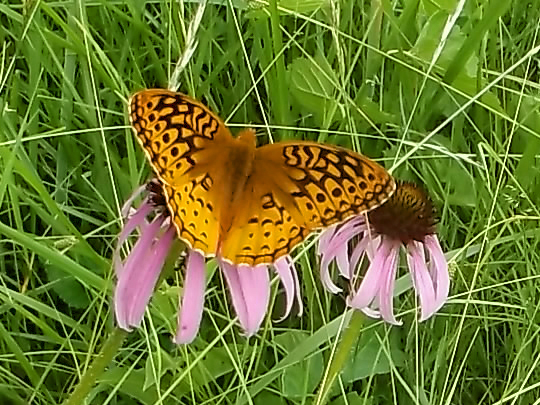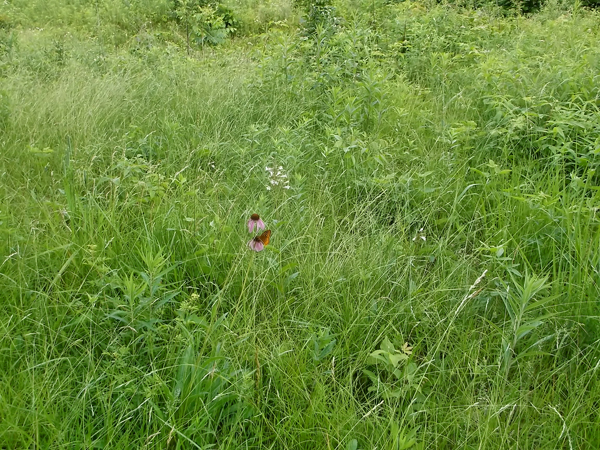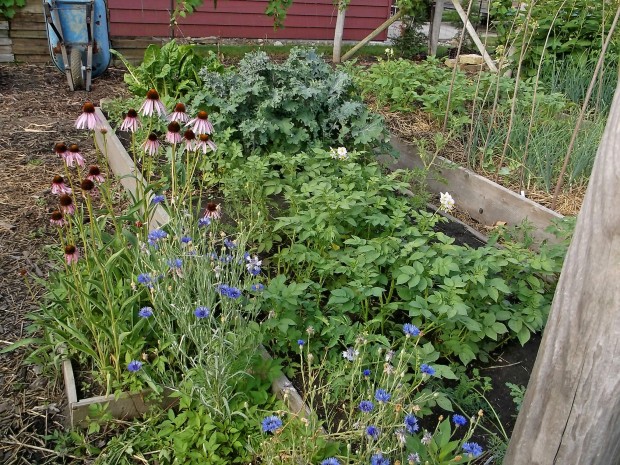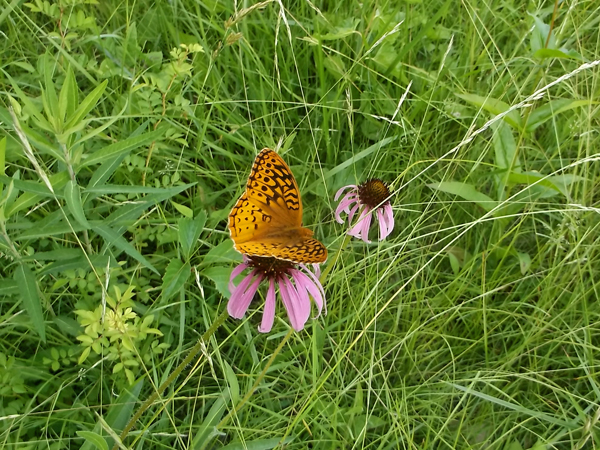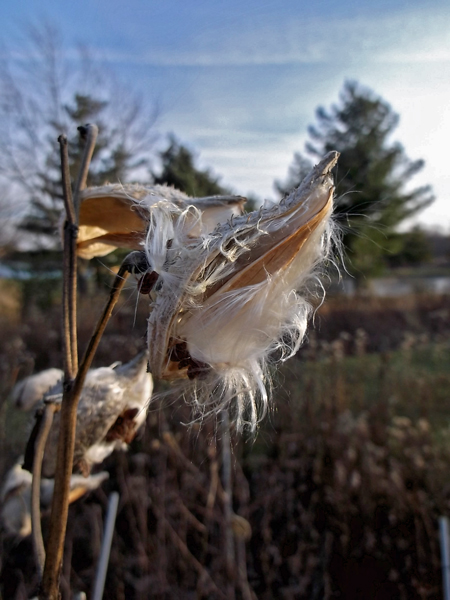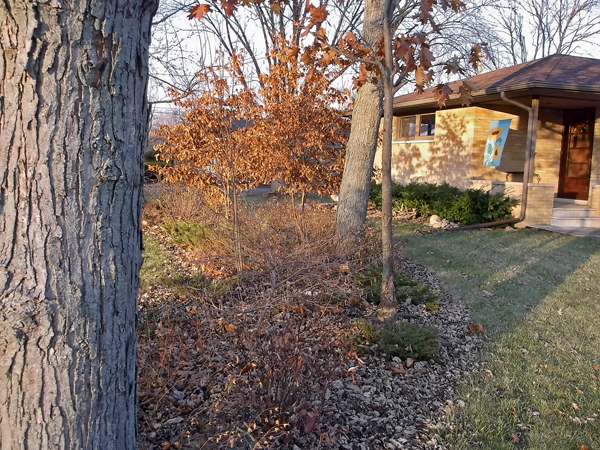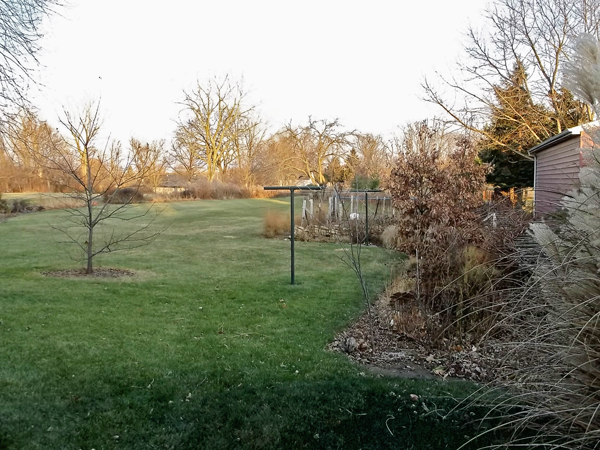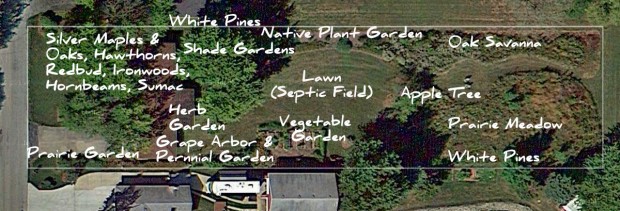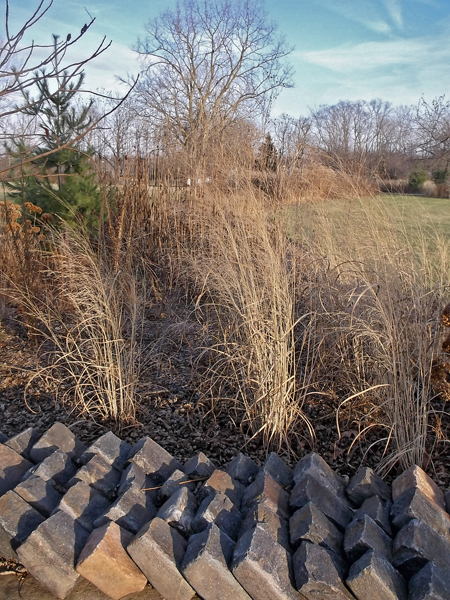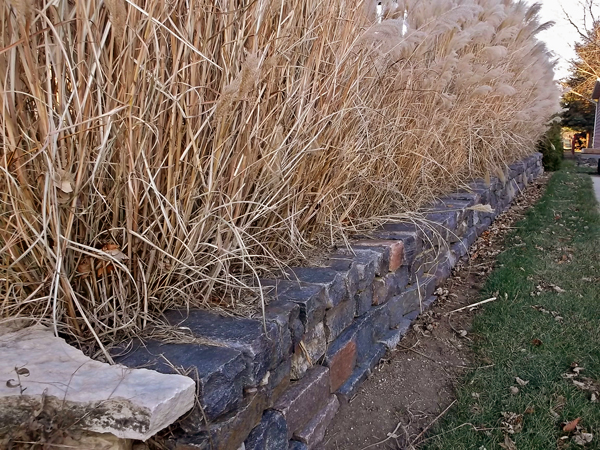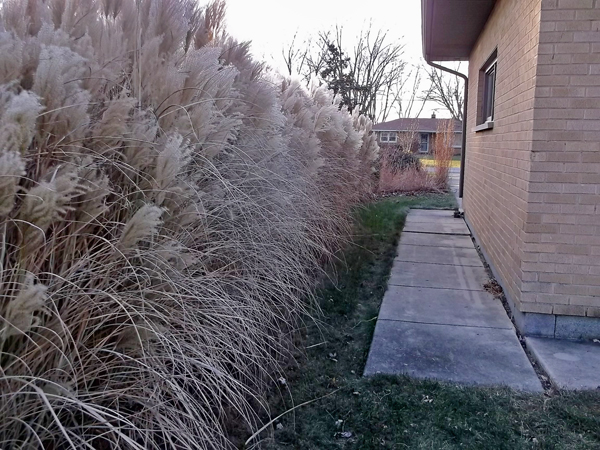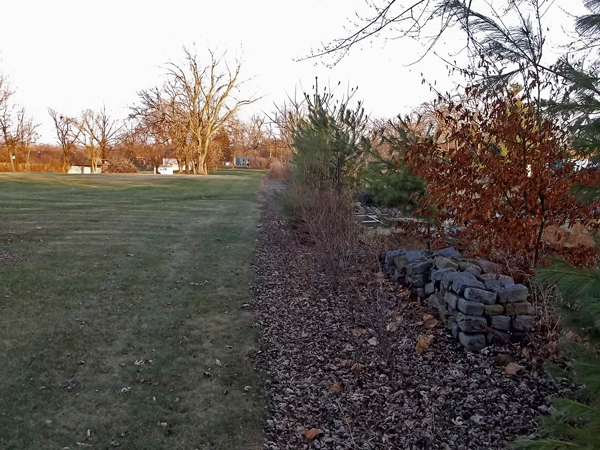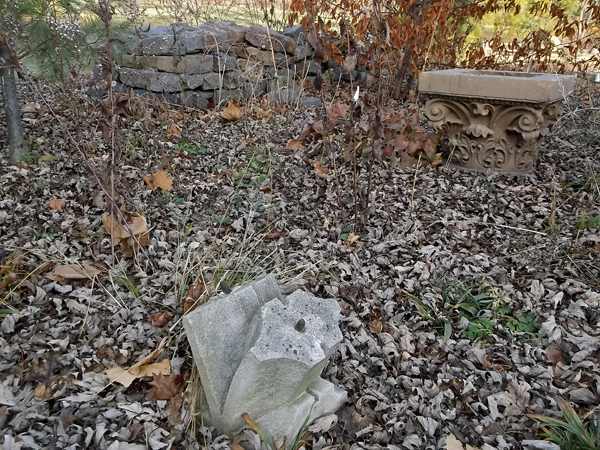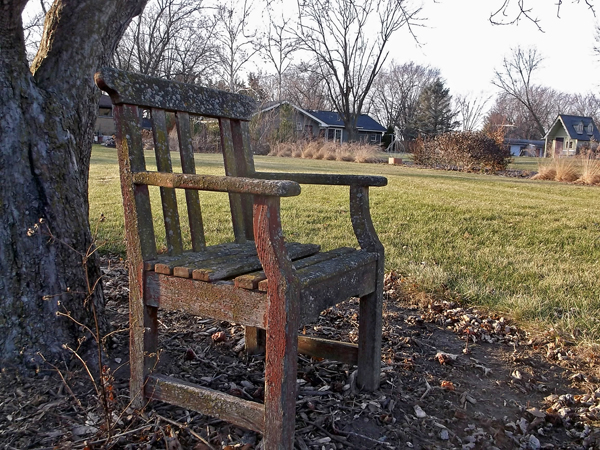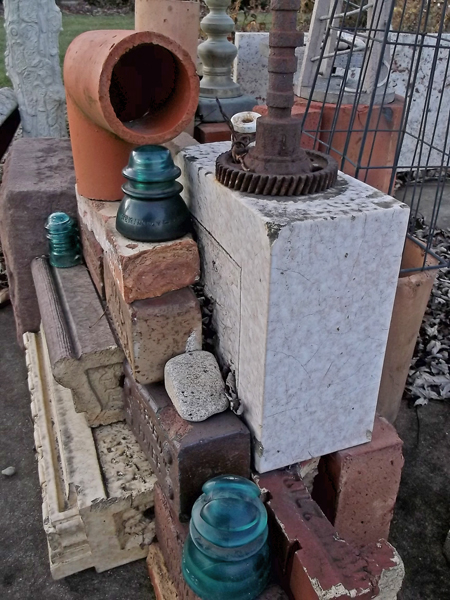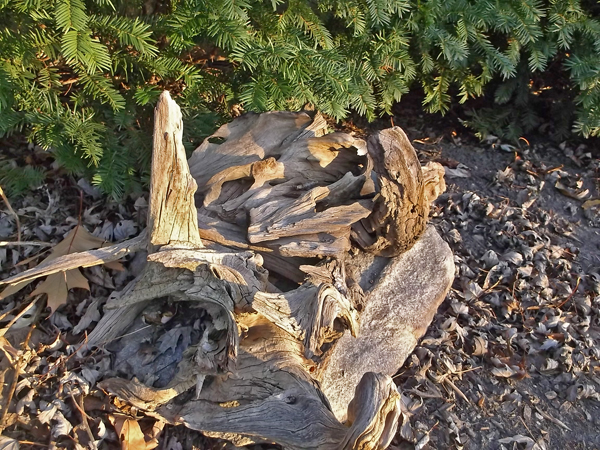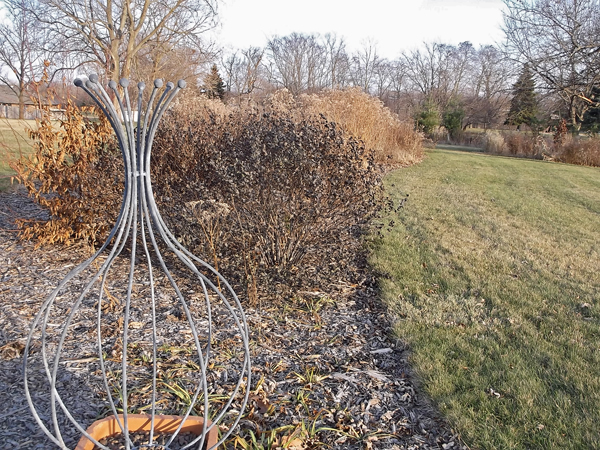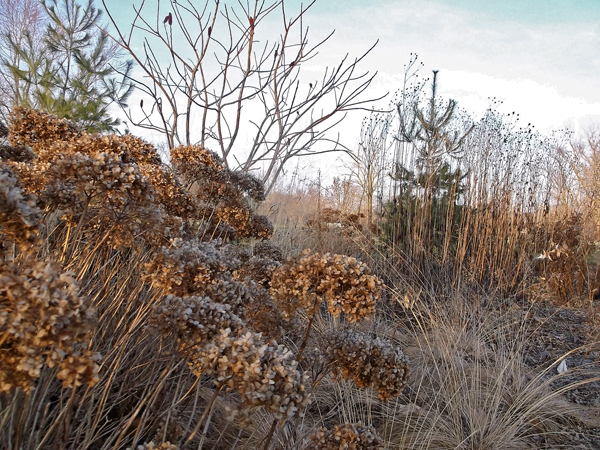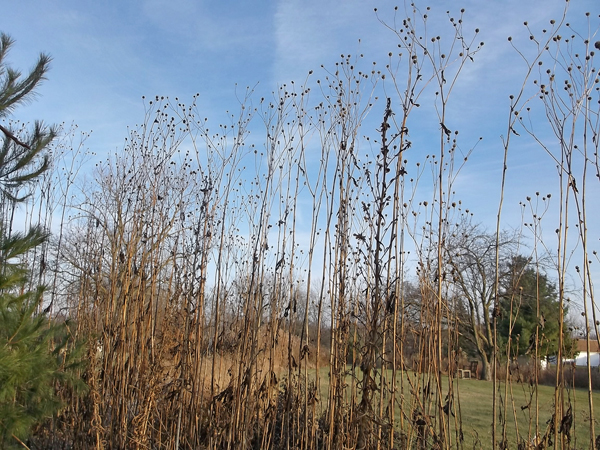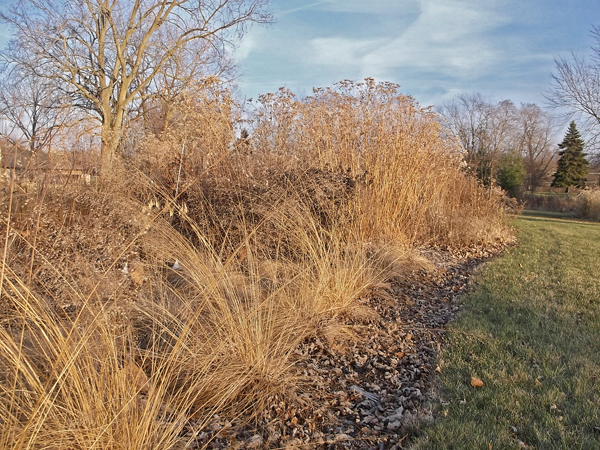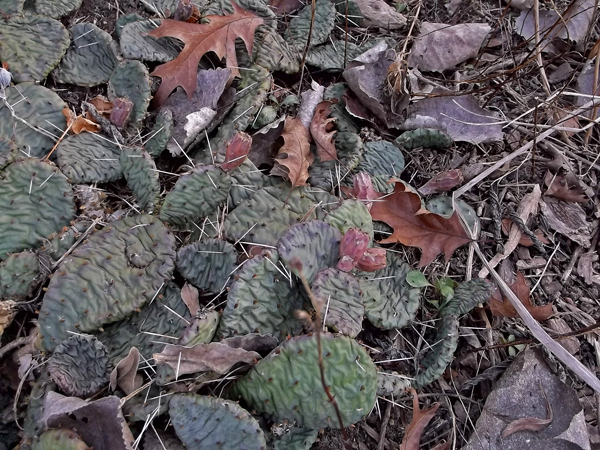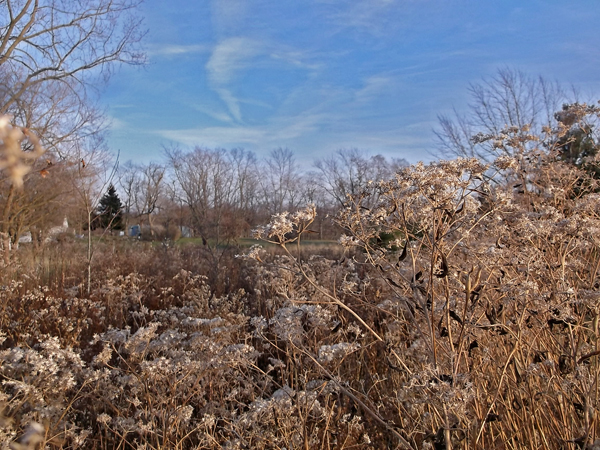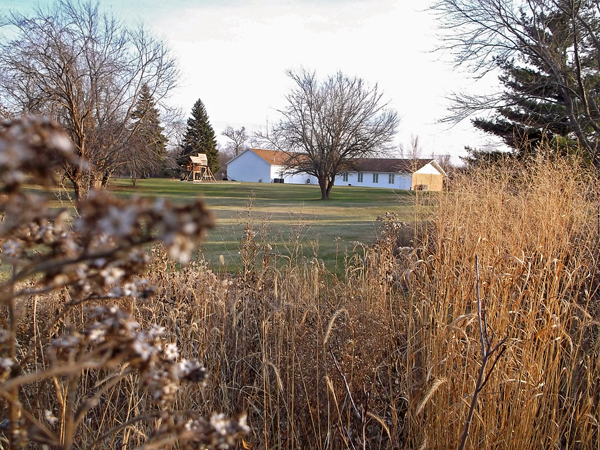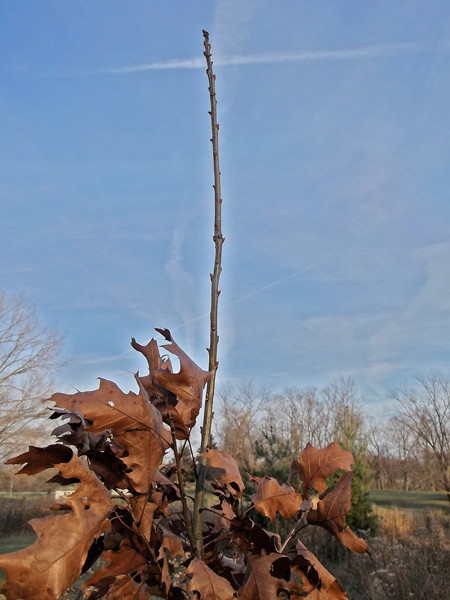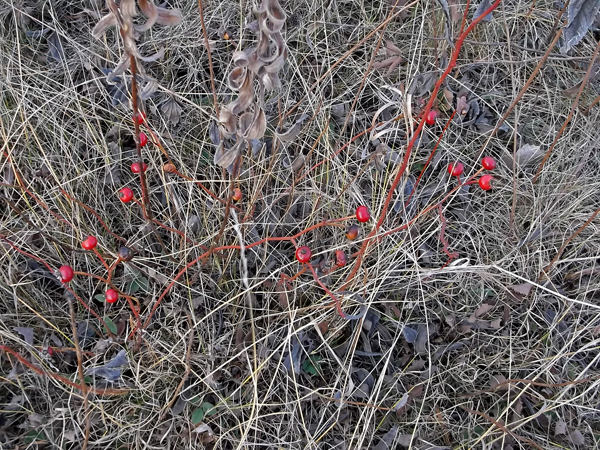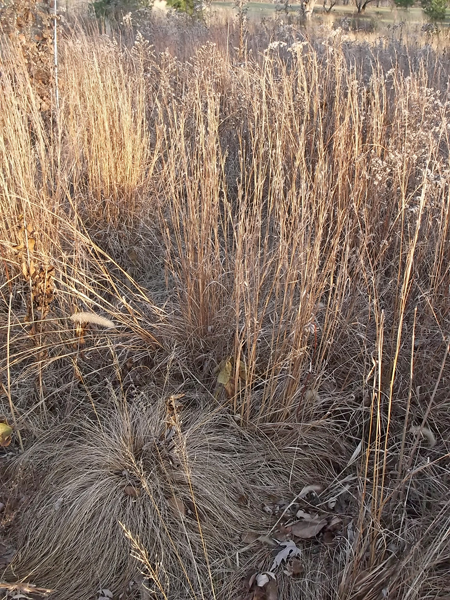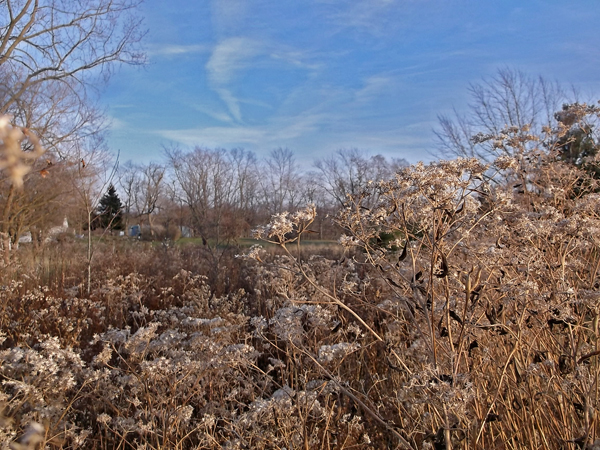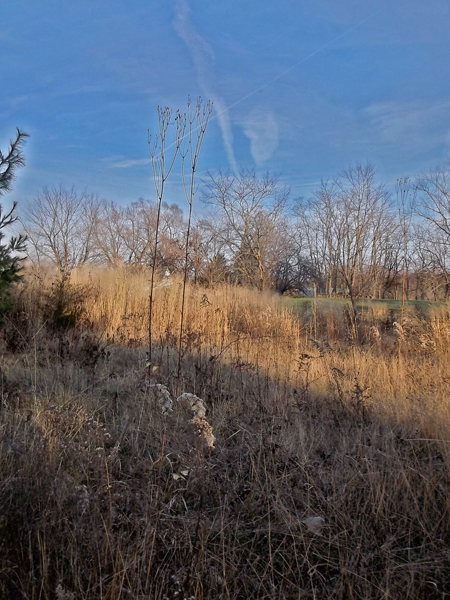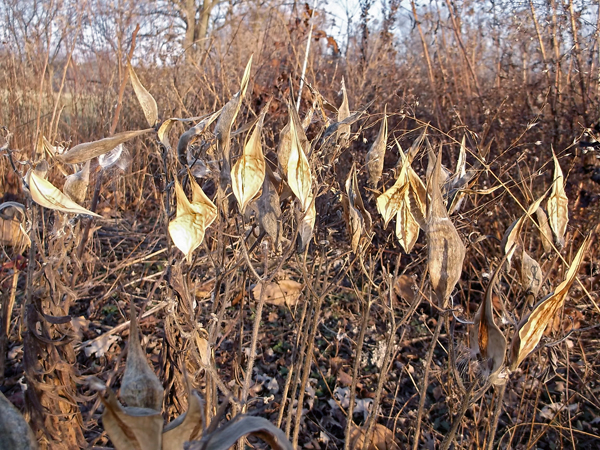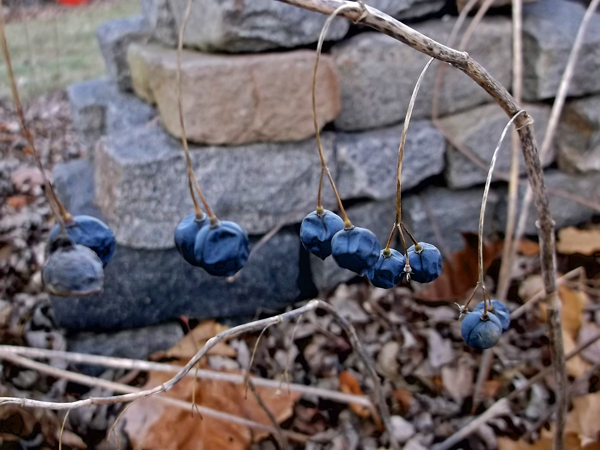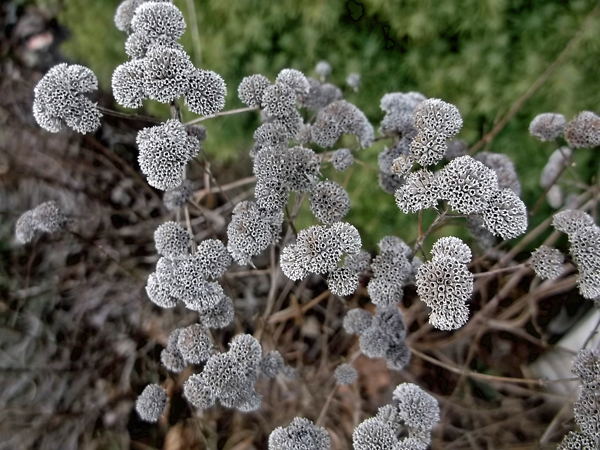A few years back, I planted some Pale Purple Coneflowers (Echinacea pallida) behind my parent’s house. I grew the plants from seed, sown in wooden flats in the fall. The flats overwintered outside, the next spring I had dozens of plants to set out with very little effort, or cost – plus the original seeds came from a threatened prairie remnant nearby – that property/prairie is consistently mowed now. Too bad for the original prairie remnant for sure, but I’m happy to continue the genotype on in my plantings.
Last week while walking in the small remnant behind my parent’s house, I came upon a pair of Great Spangled Fritillary (Speyeria cybele) flying around one of the coneflowers that I had planted – it was a great feeling, knowing that through my efforts, a beautiful insect (the butterfly) found some food. Maybe these Fritillary will lay their eggs in this small prairie as well – the Fritillary larvae (caterpillars) feed only on violets, and there are many violets, including Arrow Leaved Violet (Viola sagittata), Common Violet (V. sororia), and a few Lobed Blue Violet (V. triloba) in this remnant prairie.
The adult Fritillary butterflies can get their nectar from many species of flowers, but the young larvae only eat violet leaves – and nothing else. Without violets, there will be no young Great Spangled Fritillaries, or any other Fritillaries for that matter, since they all require violets to lay their eggs on.
A closeup of the Pale Purple Coneflower (below) shows the yellow ring of disk flowers actively giving off pollen – next week a the ring above will begin to release its pollen – this methodical release of pollen is the reason these composite flowers stay attractive and showy for four to six weeks in summer. Once all the disk flowers have released their pollen, the ray flowers (the petals) will begin to fade – no longer needed in the role of attracting pollinators.
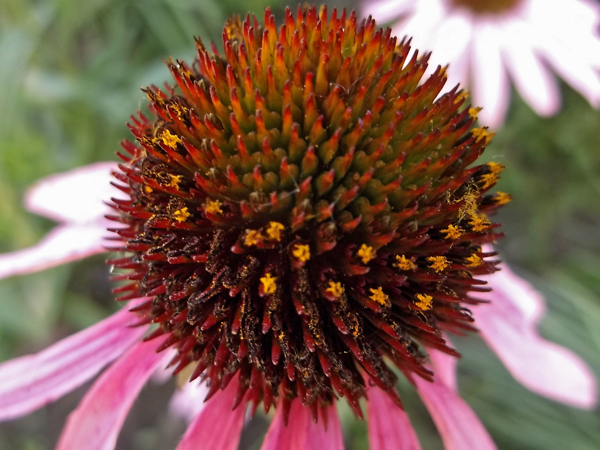
The “disk flowers” – the spiky part of the flower – will produce the seeds that finches will feast upon. The petals, or “ray flowers” draw in the pollinators – the bees and butterflies.
Male Fritillaries emerge from their pupae in late May or Early June – a few weeks before the females. The males are in a constant search for females; they are so persistent, in fact, that the females are sometimes mated even before their first flight.
The eggs that were laid on violet plants in late summer, hatch in the fall of the year, overwintering as immature larvae, or “instars” near the violets that they will need for food next spring. Unlike Monarch Butterflies, which migrate from Mexico to Canada, over four generations in one year, only one generation of Fritillary butterflies emerges each year – Fritillaries do not migrate far from their hatching site.
The one dozen species of Fritillary only occur in North America, of those, only three are permanent Illinois residents, they include the Aphrodite, Regal, and Great Spangled Fritillaries.
The small butterfly, nectaring on a wildflower, is a gentle reminder that it is critical that we actively work to maintain the health of our remaining prairie remnants and also that we include native plants around our commercial buildings and homes. Wildlife, including important pollinators, depend on these plants to reproduce (and we depend on them to pollinate many of our food crops).
If all we have around us are natural areas overrun with invasive plants, soybean and corn fields from roadside ditch to roadside ditch planted to European Brome Grass, Bluegrass lawns and Japanese yews surrounding every home and business, with no hope of native plants to be found anywhere, we, ourselves, will be hard pressed to survive in such a destitute environment.
Source: Field Guide to Butterflies of Illinois, John Bouseman & James Sternburg, Illinois Natural History Survey, 2001

